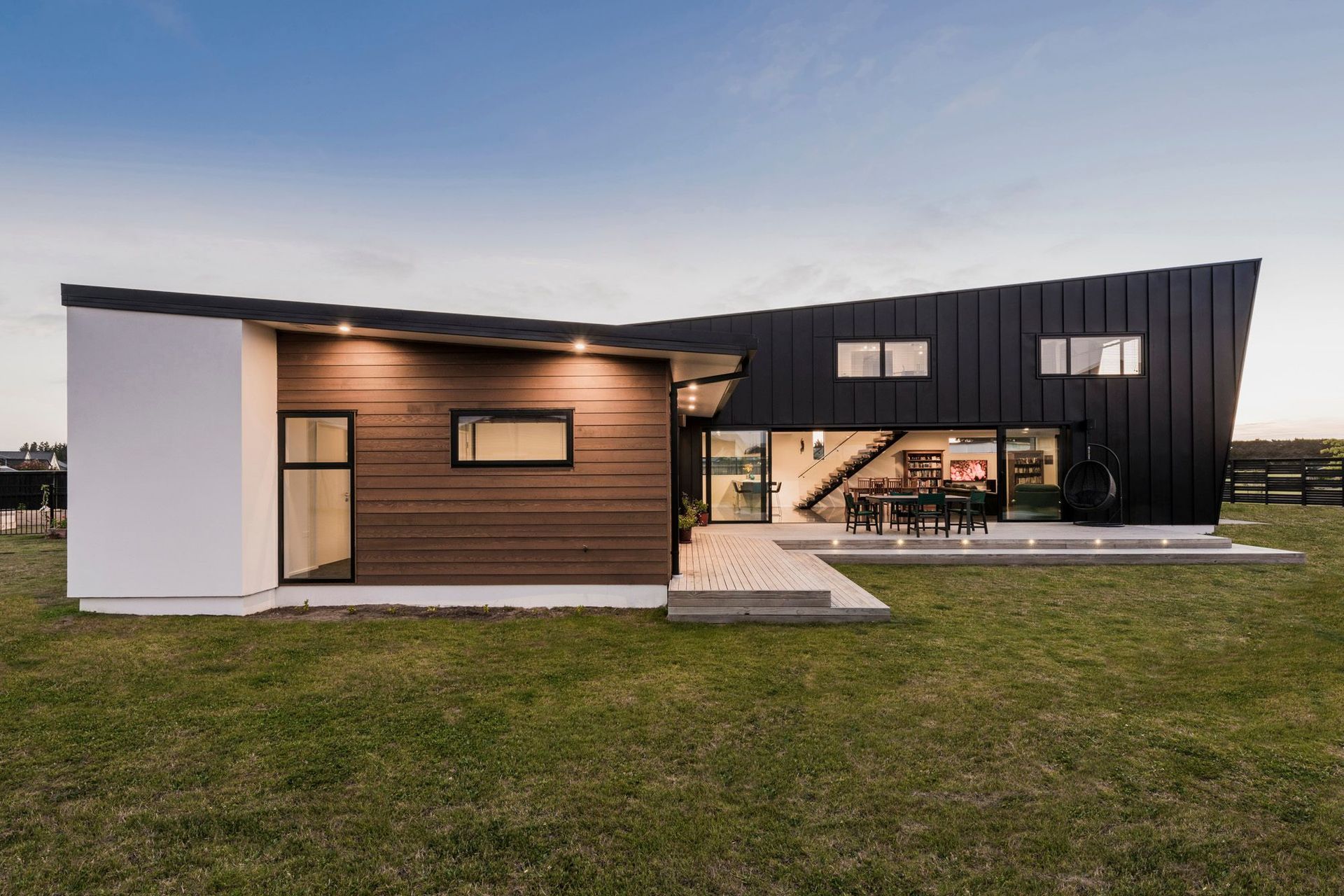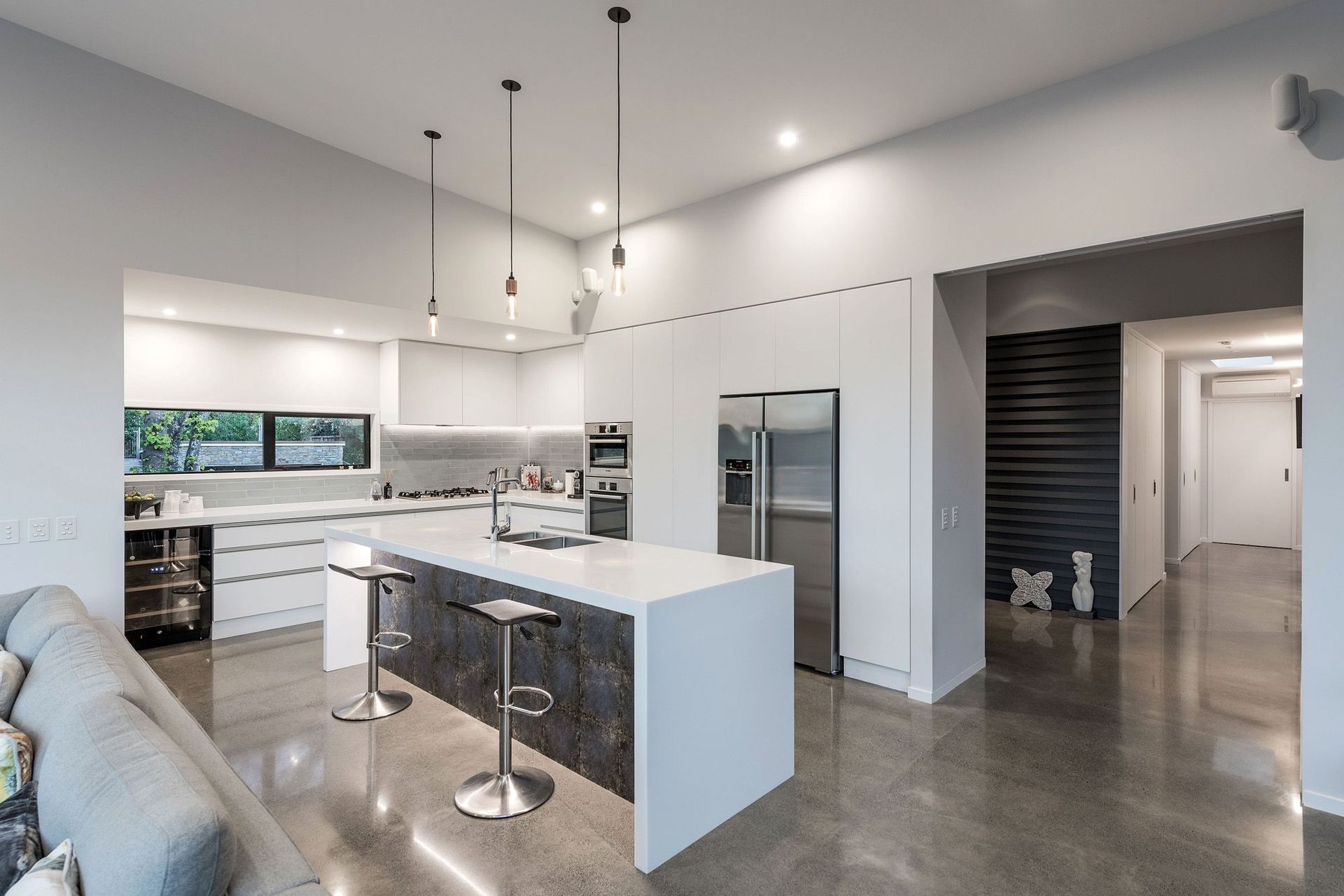Designing for human diversity
Written by
15 April 2019
•
5 min read

Environmental sustainability has become a hugely important issue for homeowners in response to the pressing issue of climate change. But there’s no point in ensuring that a home is sustainable if it’s not suitable for everyone to use, suggests one Christchurch-based architectural designer.
Flexible, future-proofed homes, that can adapt to changing circumstances, are the key to a truly sustainable home. “One of the most fundamental points around universal design is that anything can happen to anyone at any time,” explains Jason Higham of Canterbury-based Higham Architecture. “It could be as simple as falling down some stairs or having a sports accident, then, suddenly, life changes massively and what was a supposedly a comfortable, easy-to-live-in house becomes a challenging, or even unliveable, environment.”
“Universal design is about enabling access and adaptability in design for all types of people, at all ages and stages of life, whatever their ability or mobility issues may be,” says Jason, who is an advocate for designing with ‘universal design’ principles and is the winner of the Universal Design Award for Housing & Neighbourhoods at the 2018 Universal Design conference.
'Universal design' is a term coined by Ronald Mace (1941–1998), an American architect and product designer, who developed the universal design philosophy in response to his personal experience of using a wheelchair ever since he contracted polio as a child.
However, the concept of universal design hasn’t always held great esteem in the minds of the public, conjuring up images of rather clinical and ugly design solutions, such as those that you would see in a retirement home or hospital.
But, as life expectancy is rising and many of us want to age in our own homes, universal design is becoming more well-known, although there is still some way to go before it is fully accepted by the mainstream and incorporated into the design of every building.
Jason is amongst those architects and designers who are leading the way. “Designing with universal design principles in mind has become a default design mechanism for me,” says Jason. “I automatically include accessible features, such as slightly wider doorways and hallways, and level-access showers."
"Many features are integrated so well that, unless you knew they were there, the house would seem no different to any standard or architecturally-designed home.”
If incorporated at the design phase, the upfront costs of including universal design features add little or no cost to the project, Jason emphasises.
Instead of expensive retrofitting and costly adaptions that often result in less aesthetically pleasing adjustments, a little forward planning goes a long way towards ensuring that an accessible home will be safe and suitable for everyone to use for years to come.
It seems somewhat crazy that we regulate public buildings to incorporate universal design, however, in our homes – the places where we spend the most time – there are no such requirements.
While a number of organisations, like MBIE, Housing New Zealand and BRANZ, already support and advocate for universal design, and there are moves afoot to make some aspects of universal design mandatory, Jason believes that more awareness and promotion around the topic is needed for it to become a normal part of the design process for everyone.
“Like it or not, the group home building companies are the ones building the most housing around the country. At the very least, if those homes included universal design, then substantially more people would see it and ensure it becomes part of what they expect to see in their own new homes,” he says. “And, as more people read articles about universal design and award-winning accessible homes, the more people will ask about it.”
One of the leading organisations championing accessibility in the built environment is Lifemark. The company works alongside designers and builders to offer advice on how to create the best use of space in a home, based on the principles of universal design.
Any new home design and any size of home can be Lifemark rated and many of the projects completed by Jason, who is an accredited design partner, are Lifemark 5-star rated builds, such as Valley House and West House. Lifemark has certified 990 new homes built in the last twelve months, an exciting avenue through which universal design can potentially become more mainstream in New Zealand.
Universal design is a holistic design philosophy that aims to make buildings, environments and products safer, more accessible and convenient for all, regardless of age and ability.
As Jason suggests, “If it doesn’t add much to the cost of a house, why wouldn’t you include it? We need to ensure that awareness around inclusive design continues to grow and that it becomes a part of the normal design process. Everyone deserves a healthy and sustainable home that offers choice and flexibility, which supports them as they age and whatever the situation that life throws at them.”


